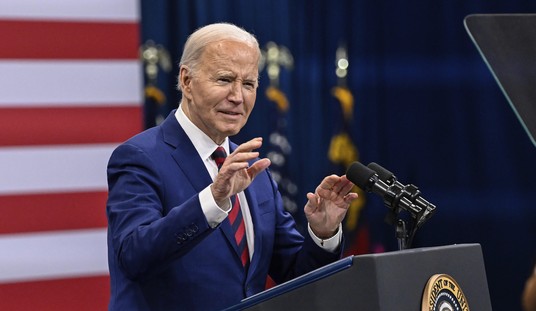Always read to the end of the report; that’s where the good stuff is. Case in point an obscure little stat was released on Friday with the not-quite-tantalizing title “Agricultural Prices”. Tables and tables of words with numbers after them – soybeans, price per bushel – wheat, percentage change year over year – imported fruits…exported nuts…you get the idea.
If you do the shopping for your family as I do (don’t snicker, I also chop down trees and bench 300), you’re probably not surprised to find out that agricultural prices rose quite rapidly in May. In fact the monthly price changes are beginning to look disturbingly like annual price changes. This is not good. But the really interesting stuff is in the details. Foods seem to be rising in price in direct proportion to their proximity to ethanol subsidies. Feed grain is up an amazing 41% in the past year. Fruit and nuts are down 3% over the same period. Why? Because we turn corn into ethanol, but we don’t do the same with walnuts or bananas.
Here in the center of the world economy, this means high food prices. Out at the edges, it means famine. When food gets expensive here, we tap into a little more credit, or perhaps skip restaurants for awhile. When food gets expensive in Malaysia, they riot in the streets. When food gets too expensive in Cape Town, some men take to the streets in violent roving bands, maiming and murdering refugees who’ve come from other countries in search of something to eat.
You’ve heard the arguments, some put forward, sadly, by some in this administration, by their big business welfare queens in the corn states, and by ultra-smug wing of the environmental movement. They say that very little of the jump in food prices comes from ethanol, that it’s mostly energy prices, or a weak dollar, or general inflation. This is why we have to read to the end of the report, so that we can recognize nonsense when we hear it. Why would general inflation cause corn to a rate of doubling every two years, and yet leave meat, fruit, nut and some vegetable prices dropping? How could high energy prices do that? Don’t vegetable farmers use tractors? Don’t sugar farmers fuel their tractors with the same diesel? Don’t the trucks and trains which deliver almonds run on the same kinds of fuel as the ones which deliver grains?
Recommended
Of course they do.
It’s not a general inflation problem; it’s a problem of political corruption. America’s first presidential primary happens to be in Iowa. That gives ethanol first dibs at the pork barrel. Add Republican farm voters to Democratic environmentalists, shake vigorously and you get a brew called ethanol. The farmers get rich on taxpayer subsidies, the venture capitalists who focus on alternative fuels (I’m looking in your direction, Mr. Gore) get fat on profits. Good deal for everybody, except people who happen to eat food.
It’s not the dollar either. Yes, the dollar is a problem; the Treasury Secretary and the Fed have neglected it. But the falling dollar isn’t causing these price spikes. First of all, the world’s hungry don’t trade in dollars. They trade in Ringits, Bahts, Yuan, Rubles and Rands. Foreigners are not starving because the dollar lost value. In fact, the drop in the dollar helps them. And it’s not even the dollar that’s the problem here in America either. We generally export food, especially grains. But Americans are getting hit with the worst price spikes in precisely those agricultural sectors where we supply our own food. We’re the bread basket of the world! I’m sorry, but when I buy high fructose corn syrup from Iowa, it doesn’t involve the foreign exchange markets. The problem isn’t the dollar – the problem is that we’re burning food. We’re taking carbohydrates which would have gone into someone’s stomach, chemically altering them and putting them into our gas tanks instead. One SUV fill-up is roughly the same amount of calories as it takes to sustain a man, woman or a child – for a year. I believe that future generations will look back in history at the hungry of this world, and the preening self-satisfaction of the ethanol lobby and call it what it is, a crime against humanity.

























Join the conversation as a VIP Member